ISLAMABAD — Tashfeen Malik, the 29-year-old female shooter in the deadly San Bernardino rampage, was a one-time “modern” girl who became religious during college and then began posting extremist messages on Facebook after arriving in the U.S., a family member in Pakistan told the Los Angeles Times.
The family member, in Malik’s hometown of Karor Lal Esam who asked to not be identified, said Malik’s postings on Facebook were a source of concern for her family.
“After a couple of years in college, she started becoming religious. She started taking part in religious activities and also started asking women in the family and the locality to become good Muslims. She started taking part in religious activities of women in the area,” the family member told The Times.
“She used to talk to somebody in Arabic at night on the Internet. None of our family members in Pakistan know Arabic, so we do not know what she used to discuss,” the family member said. The family speaks Urdu and a dialect of Punjabi known as Saraiki.
Malik’s paternal aunt, Hifza Batool, told a local correspondent of the BBC that the family was in a state of shock. “She was so modern. I do not know what had happened to her. She brought a bad name to our family,” Batool said.
Malik pledged allegiance on Facebook to a leader of Islamic State just as Wednesday’s attack was getting underway.
The family member who spoke with The Times anonymously said Malik, who was born in Pakistan, moved with her family to Saudi Arabia when she was a child.
Malik returned frequently to the Punjab region of Pakistan to visit family and then returned to study pharmacology at Bahauddin Zakariya University in the city of Multan in southern Punjab to study from 2007 to 2012, the family member said.
After attending the university, she returned to Saudi Arabia.
Dr. Nisar Hussain, one of Malik’s professors in the pharmacology department in Multan during her five years at the university, told The Times she was veiled when attending the college.
“She was religious, but a very normal person as well. She was a very hardworking and submissive student. She never created any problem in the class. She was an obedient girl. I cannot even imagine she could murder people,” he said in an interview.
Malik was a good student, and at one point, was first in her class, he said. “I don’t think she had any kind of mental illness. She was among the best students, always hardworking, never created problems.”
In California, Malik mostly stayed to herself, and co-workers of her husband, Syed Farook, never met her.
“Tashfeen was an individual who kept to herself most of the time,” said Mohammad Abuershaid, an attorney representing the couple’s family. She was a soft-spoken housewife who stayed at home with the baby, the lawyer said, and the couple’s life was that of a “traditional” Muslim household.

Hifza Batool, a relative of Tashfeen Malik, talks to The Associated Press at her home in the town of Karor Lal Esam, about 280 miles southwest of Islamabad, Pakistan, on Saturday. The Associated Press
Malik belonged to an educated, politically influential family from Karor Lal Esan in the Layyah district of Pakistan. Malik Ahmad Ali Aulakh, a cousin of Malik’s father, was once a provincial minister. Residents said the Aulakh family is known to have connections to militant Islam.
“The family has some extremist credentials,” said Zahid Gishkori, 32, a resident of the Layyah district in the area who knows the family well.
FBI director James B. Comey said Friday there is no indication that “these killers were part of an organized larger group or formed part of a cell.”
Instead, Malik and Farook fit a profile now distressingly familiar when looking at other recent acts of terrorism in the United States. They were devout Muslims but not outwardly radical. They were members of a close-knit family with ties to the community. They built and stored crude pipe bombs in their home. And their attack apparently was inspired by, but not directed by, extremists abroad.
The couple thus had more in common with Major Nidal Hasan, the Army psychiatrist who killed 13 people in 2009 at Fort Hood, Texas, and with Dzhokhar and Tamerlan Tsarnaev, who killed three people and injured more than 260 in 2013 at the Boston Marathon, than with the Belgian and French gunmen who killed 130 people last month in Paris.
That helped them avoid detection before Wednesday’s attack. Indeed, the absence of warning signs has become a hallmark of recent terrorist attacks, analysts said.
Send questions/comments to the editors.

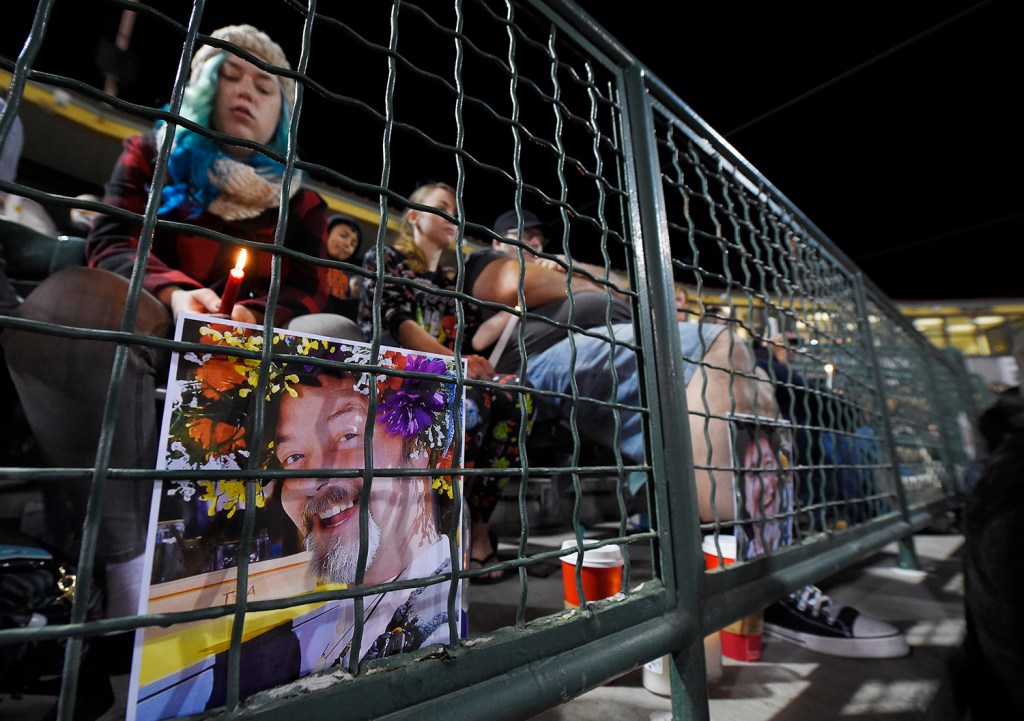
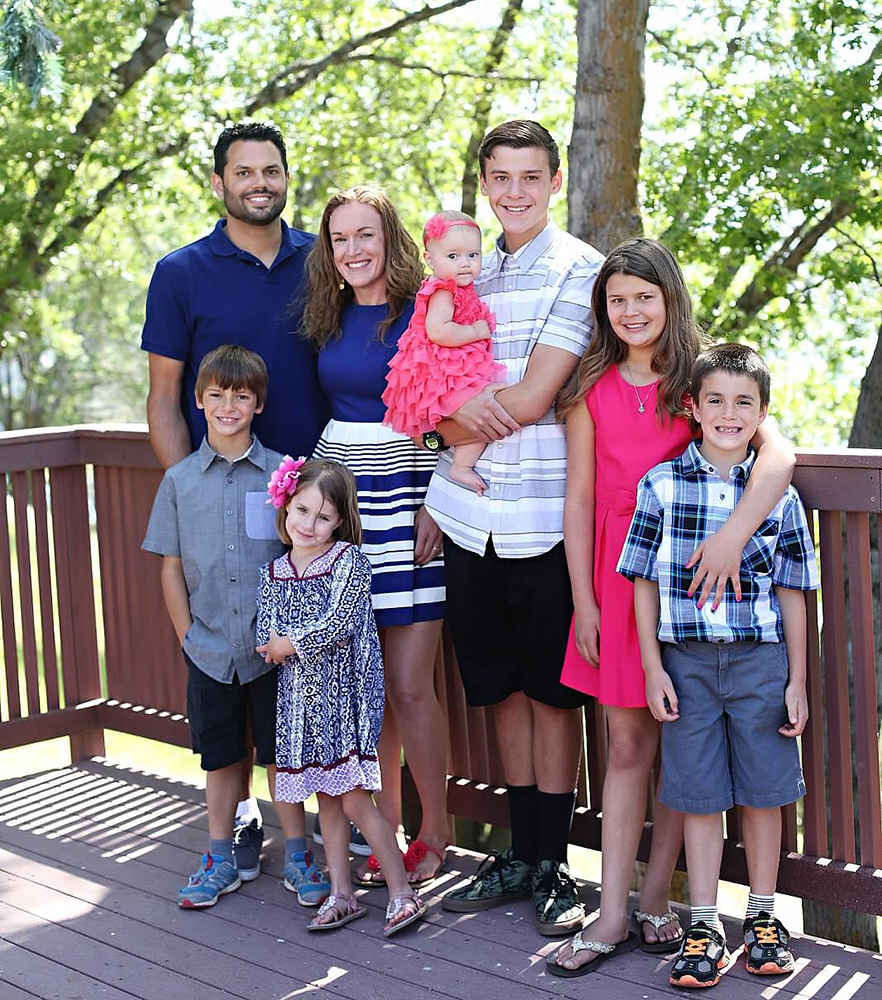
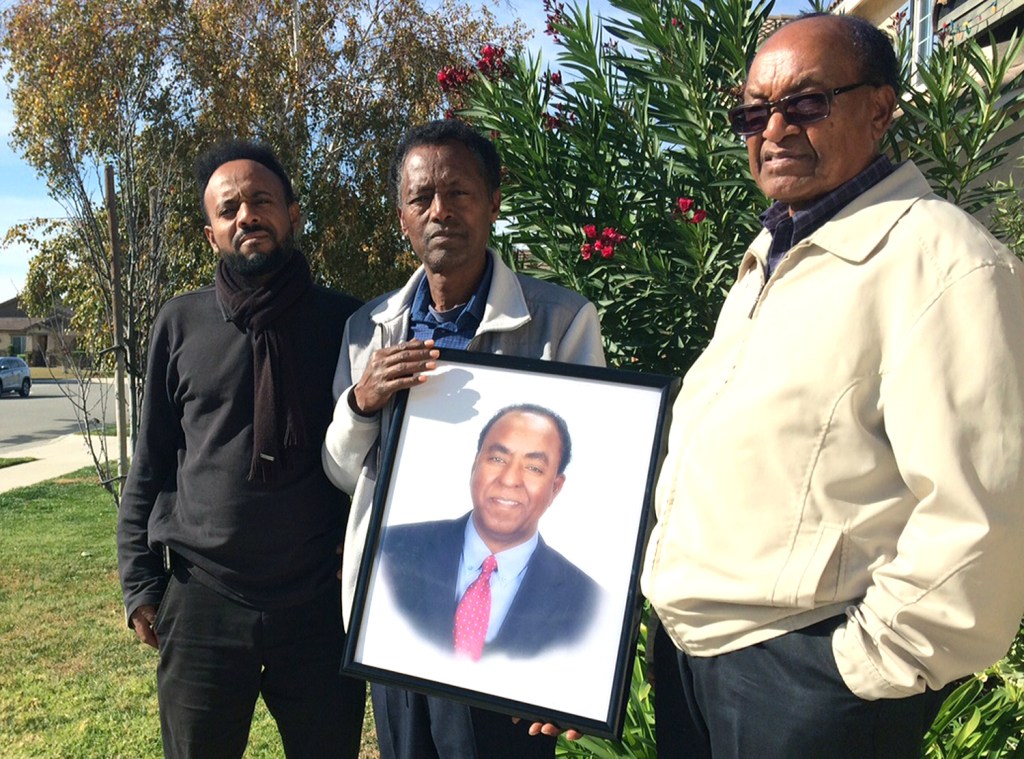

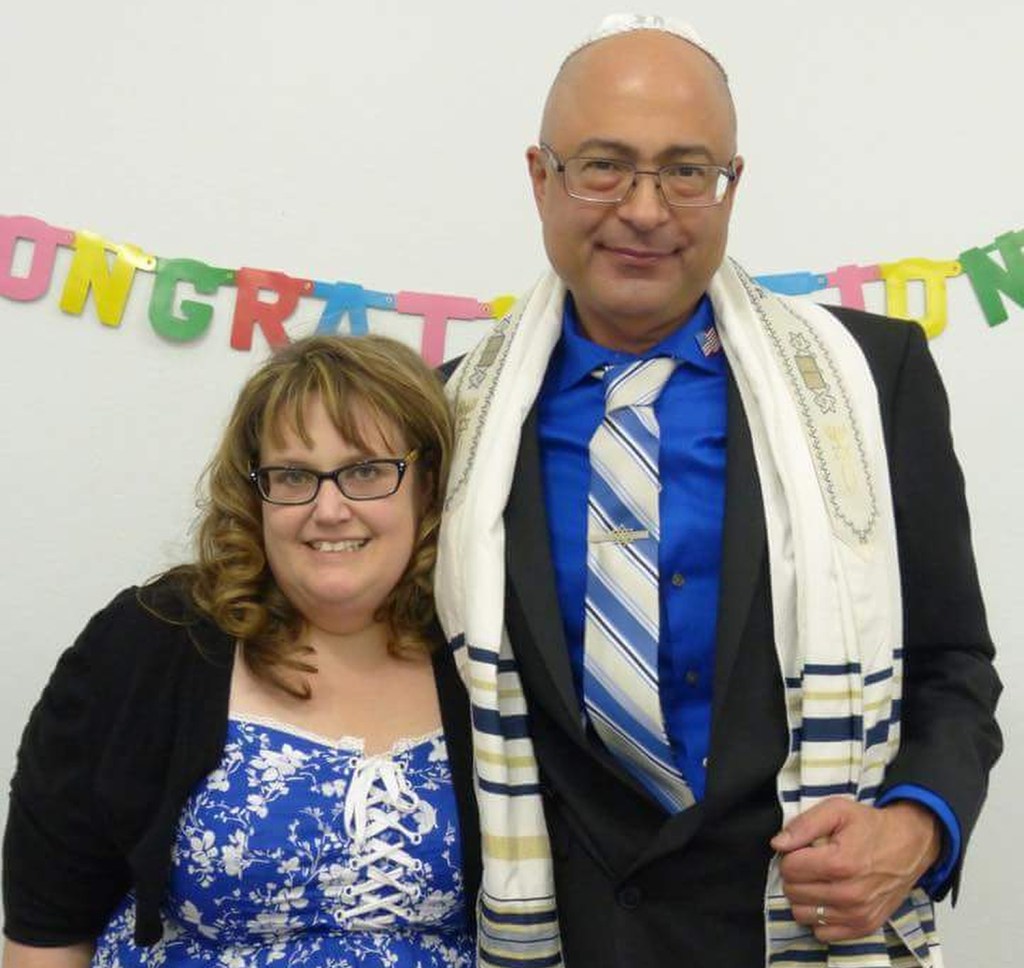

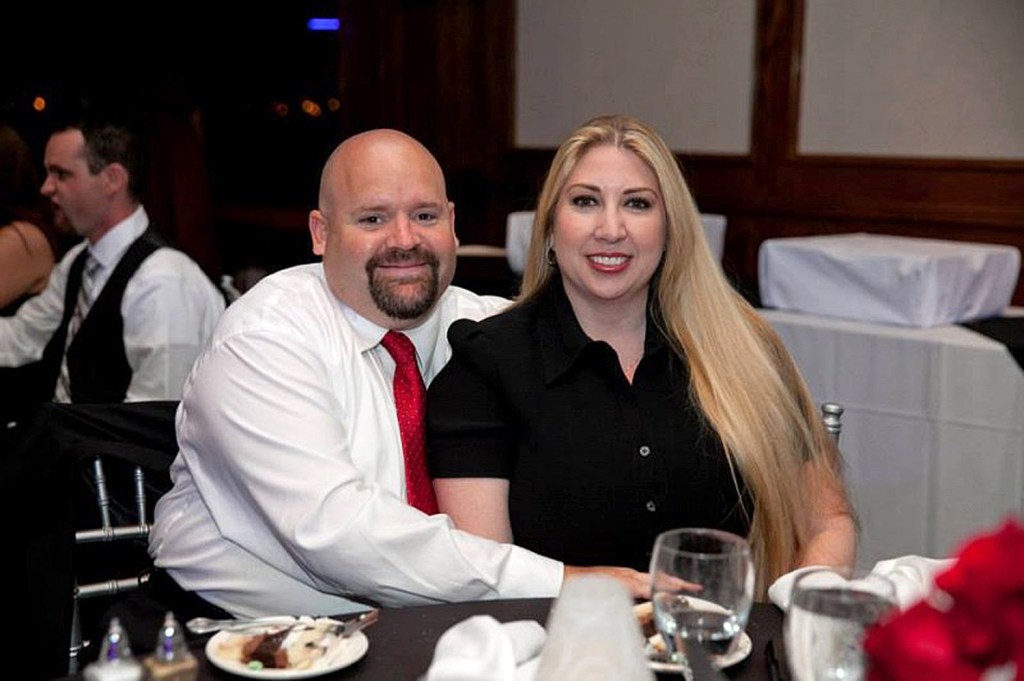
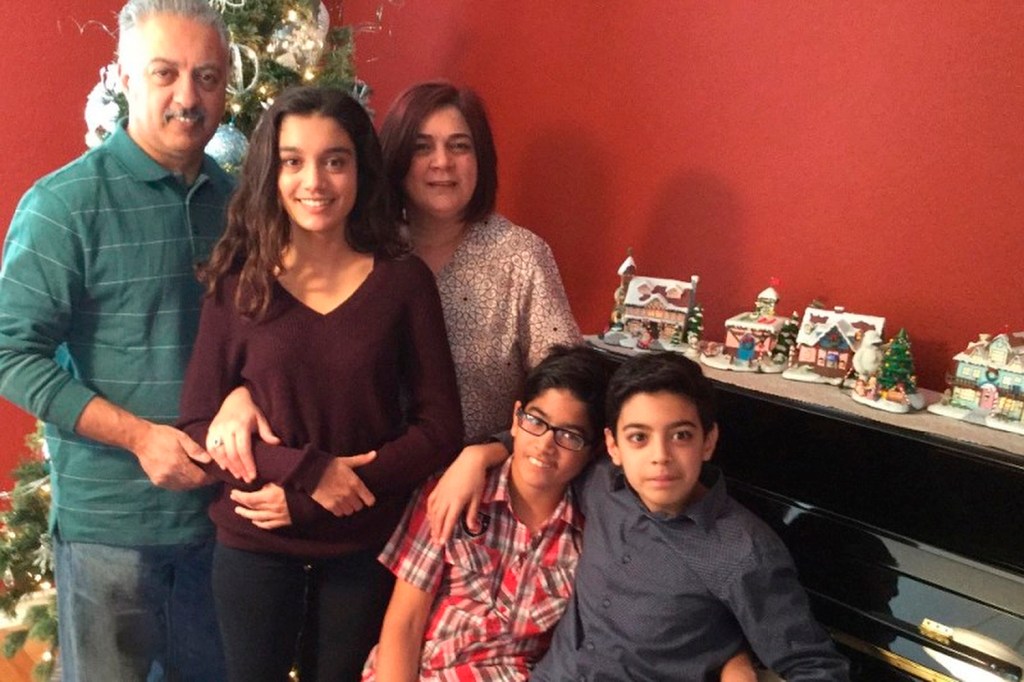
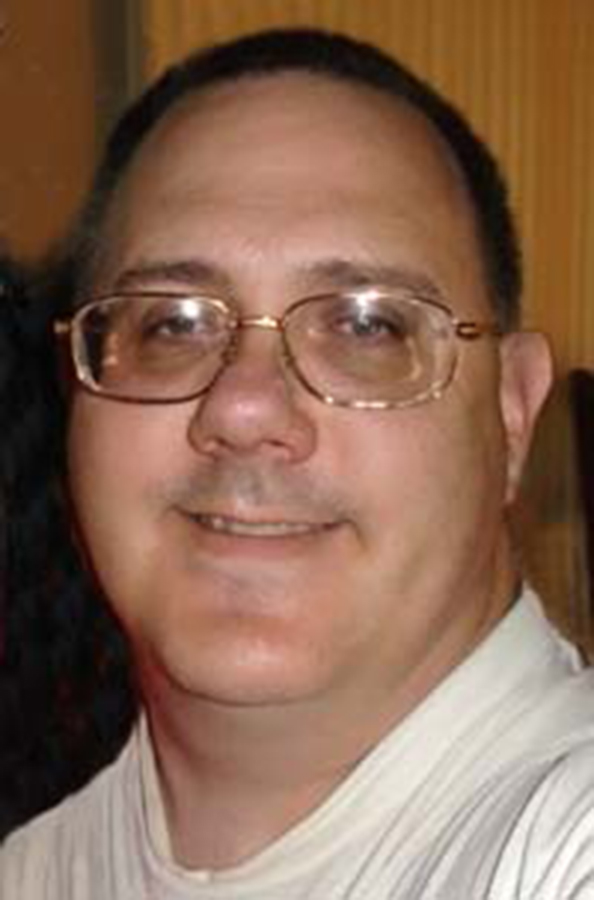

Success. Please wait for the page to reload. If the page does not reload within 5 seconds, please refresh the page.
Enter your email and password to access comments.
Hi, to comment on stories you must . This profile is in addition to your subscription and website login.
Already have a commenting profile? .
Invalid username/password.
Please check your email to confirm and complete your registration.
Only subscribers are eligible to post comments. Please subscribe or login first for digital access. Here’s why.
Use the form below to reset your password. When you've submitted your account email, we will send an email with a reset code.